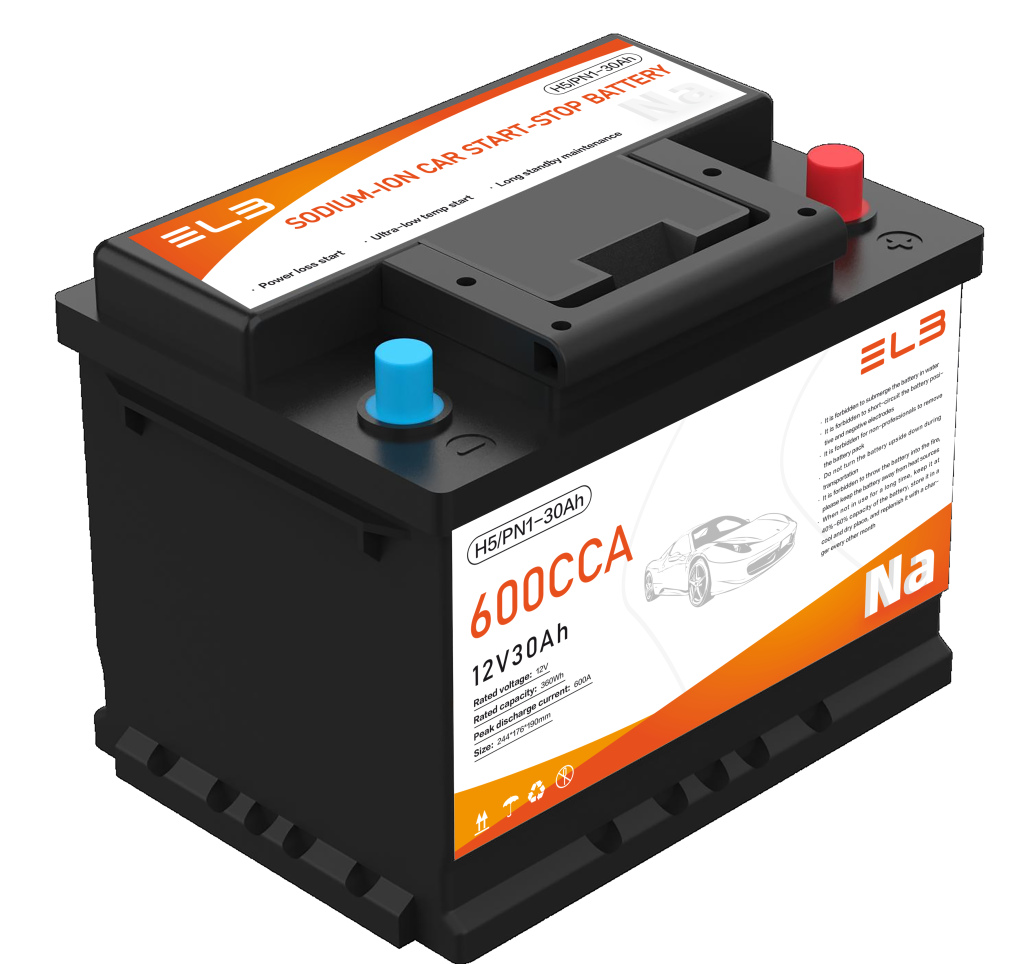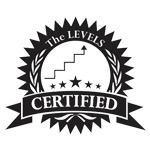
For years, lead-acid batteries dominated the start-stop market, while LiFePO4 emerged as a high-performance alternative. The recent arrival of sodium-ion technology introduces a new competitor with compelling technical advantages. This analysis examines all three technologies through key performance parameters to determine the optimal solution for modern vehicles.
Technical Specifications Comparison
| Parameter | Lead-Acid | LiFePO4 | Sodium-Ion |
| Cycle Life (80% DOD) | 300-500 cycles | 6,000-8,000 cycles | 4,000-6,000 cycles |
| Peak Discharge Rate | 3-5C | 3-5C | Up to 25C |
| Operating Temperature | -20°C to 50°C | -20°C to 60°C | -40°C to 80°C |
| Safety Rating | Medium (acid leakage, gas emission) | Medium (thermal runaway risk) | High (inherently stable) |
| Total Cost of Ownership | High (frequent replacement) | Medium (high initial cost) | Low (optimal value) |
Technical Performance Analysis
Cycle Life: Durability Assessment
Lead-acid technology shows limited durability with 300-500 cycles, typically requiring replacement within 1-2 years under start-stop usage patterns. This results in higher long-term maintenance costs and reliability concerns.
LiFePO4 demonstrates exceptional longevity with 6,000-8,000 cycles, potentially lasting throughout the vehicle’s operational life. This represents a maintenance-free solution for long-term owners.
Sodium-ion offers 4,000-6,000 cycles – significantly exceeding lead-acid performance while providing substantial cost advantages over LiFePO4. This positions it as the optimal balance between longevity and affordability.
Discharge Performance: Power Delivery Capability
Conventional lead-acid and LiFePO4 batteries both deliver 3-5C discharge rates, which meets basic starting requirements but offers limited performance margin.
Sodium-ion technology delivers exceptional discharge capability up to 25C, providing substantial power reserve for demanding conditions. This ensures reliable starting performance in extreme temperatures and under high-load scenarios, while reducing operational stress on the battery system.
Operating Temperature Range: Environmental Adaptation
Standard batteries operate effectively within -20°C to 60°C ranges, sufficient for most temperate climate conditions but showing limitations in extreme environments.
Sodium-ion technology extends operational capability from -40°C to 80°C, ensuring reliable performance across diverse climatic conditions. This broad temperature tolerance makes it suitable for applications ranging from arctic cold to desert heat environments.
Economic Analysis: Total Cost of Ownership
Lead-acid batteries present deceptive economics through a low initial cost but high long-term expenses due to frequent replacements and associated vehicle downtime.
LiFePO4 offers excellent longevity but requires a substantial upfront investment, creating economic justification primarily for long-term, intensive applications.
Sodium-ion establishes the most favorable economic profile by combining competitive initial pricing with extended service life. This advantage is fundamentally rooted in its material composition: sodium resources are abundant and widely available, leading to lower and more stable raw material costs compared to lithium. This inherent supply-chain advantage enables sodium-ion technology to deliver superior lifetime value.
Safety Engineering Assessment
Lead-acid systems present multiple hazard points including corrosive electrolyte leakage and explosive gas accumulation during charging cycles.
LiFePO4 chemistry reduces but doesn’t eliminate thermal hazards, maintaining some risk of thermal runaway under fault conditions.
Sodium-ion technology demonstrates inherent safety advantages through stable electrochemistry and elimination of thermal runaway risks, providing enhanced system reliability.
Application Guidelines:
Lead-acid: Suitable only for short-term applications or end-of-life vehicles
LiFePO4: Recommended for applications justifying premium cost for maximum theoretical lifespan
Sodium-ion: Optimal for most modern applications requiring balanced performance, safety, and economic efficiency
ELB Sodium-Ion Starting Batteries: Engineered for Superior Performance
Our sodium-ion technology is precision-engineered to meet the distinct demands of every vehicle type, delivering measurable advantages where it matters most.
Automotive Series: Master Start-Stop, Minimize Cost (Support 600-900CCA)
Conquer the constant cycling of start-stop systems. With a cycle life 20 times longer than lead-acid and a lifespan 5 times greater, our batteries deliver reliable starts while drastically reducing long-term replacement costs and user expenses.
Motorcycle Series: Extreme Power, in Any Weather (Support 250-360CCA)
Dominate all conditions with a battery that is 40% lighter and provides 250-360A of peak discharge current. It maintains consistent cranking strength across an extreme -40°C to +80°C temperature range, ensuring your motorcycle starts instantly, every time.
Truck Series: Maximum Uptime, Built to Last (Support 400-800CCA)
Engineered for endurance, our heavy-duty batteries support over 50,000 engine starts—effectively ten times the number of starts and twice the capacity of conventional options. Coupled with a superior safety BMS that prevents overcharge risks, they deliver unmatched reliability to keep your fleet operating.
Make the Strategic Upgrade to a smarter, more powerful energy storage solution. Contact ELB to specify sodium-ion batteries for your application.





